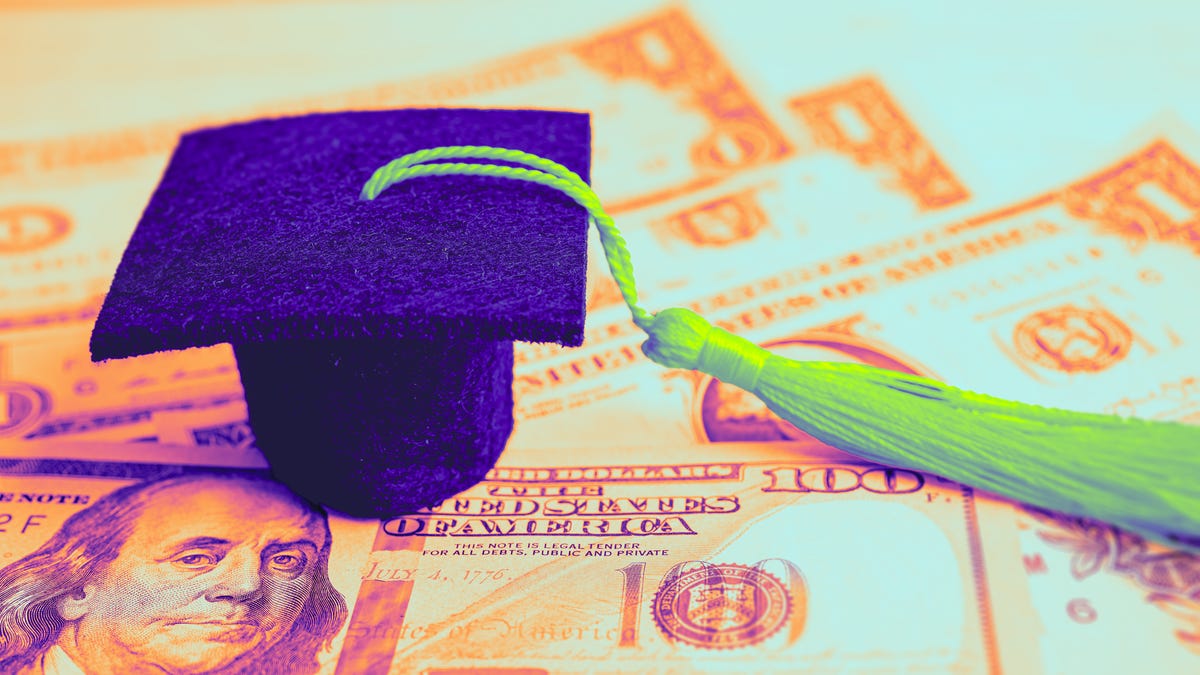Tech
The End of SAVE: Expect This Student Loan Plan to Disappear in 2025

The Future of the SAVE Student Loan Program: What Borrowers Need to Know
The Biden administration’s Saving on a Valuable Education (SAVE) program, an income-driven student loan repayment plan, has been a lifeline for millions of borrowers since its implementation in 2023. This plan not only reduced monthly payments but also offered additional pathways to loan forgiveness. However, its future is now in jeopardy. With President Donald Trump’s administration taking over, experts warn that SAVE may be on the chopping block. This article breaks down the current status of the program, the ongoing legal battles, and what borrowers can expect in the coming months.
Why Is SAVE on Hold?
In 2024, a federal court issued an injunction against the Department of Education (ED), preventing it from implementing the SAVE plan or canceling loans that had qualified for forgiveness under SAVE, PAYE, or ICR plans. As a result, borrowers enrolled in SAVE were placed in an interest-free forbearance period. During this time, borrowers do not have to make monthly payments, and no interest accrues on their loans. However, months spent in forbearance do not count toward Public Service Loan Forgiveness (PSLF) or other income-driven repayment forgiveness programs.
The forbearance period was initially expected to last at least six months into 2025, with the possibility of extending until December 2025. However, experts like Mark Kantrowitz, a financial aid and student loan expert, warn that the Trump administration could accelerate the end of this period if it chooses to repeal SAVE. Kantrowitz doubts that the new administration will defend the program in court, hinting at a rocky road ahead for borrowers.
Will the Trump Administration Repeal SAVE?
Experts agree that the SAVE program is likely to face significant challenges under the Trump administration. Republicans are expected to target the plan as part of a broader effort to roll back Biden-era policies. One avenue for repeal could be through the legislative process of budget reconciliation, which requires only a 51-vote majority in the Senate. Elaine Rubin, a student loan policy expert for Edvisors, echoes this sentiment, stating that there is "very little chance"SAVE will survive.
If SAVE is repealed, borrowers will likely be transitioned to other income-driven repayment (IDR) plans. Rubin estimates that borrowers may have 90 days to switch plans, though the window could be shorter. Borrowers are advised to review other IDR options now and compare their expected monthly payments using the repayment simulator on StudentAid.gov.
What Can Student Loan Borrowers Do Now?
While the fate of the SAVE program remains uncertain, borrowers can take proactive steps to prepare for potential changes. First, those enrolled in the Public Service Loan Forgiveness (PSLF) program may qualify for the PSLF "buy back" program, which allows borrowers to earn credit for months spent in forbearance by making extra payments. This program is currently limited to borrowers who have reached the 10-year mark on repayment but are not yet eligible for forgiveness due to the SAVE pause.
Second, borrowers should explore other income-driven repayment plans to understand how their monthly payments might change if SAVE is repealed. Since SAVE was the most affordable IDR plan for most borrowers, switching to another plan could result in higher monthly payments. Using the StudentAid.gov repayment simulator can help borrowers anticipate these changes and plan accordingly.
Finally, borrowers should stay vigilant and keep an eye on updates from the Department of Education. Rubin advises borrowers to monitor emails from their servicers and regularly check the Department of Education’s website for the latest developments. "While there are several unknowns," she says, "it’s best for borrowers to stay on top of all correspondence they receive."
The Road Ahead: Bracing for Change
The next four years promise to be a "roller coaster of a ride" for student loan borrowers, as Kantrowitz puts it. With the SAVE program hanging in the balance, borrowers must remain informed and adaptable. While the Biden administration fought to preserve the program, the Trump administration’s stance is less clear. Borrowers should prepare for the possibility of higher payments, changes to forgiveness eligibility, and a shift in the overall approach to student loan repayment.
Conclusion: Stay Informed and Proactive
Though the future of SAVE is uncertain, one thing is clear: borrowers must stay informed and take steps to protect their financial interests. By exploring alternative repayment plans, monitoring updates from the Department of Education, and considering programs like the PSLF buyback, borrowers can navigate this uncertain landscape with greater confidence. As the situation evolves, staying proactive and informed will be key to minimizing disruption and ensuring that borrowers are prepared for whatever comes next.